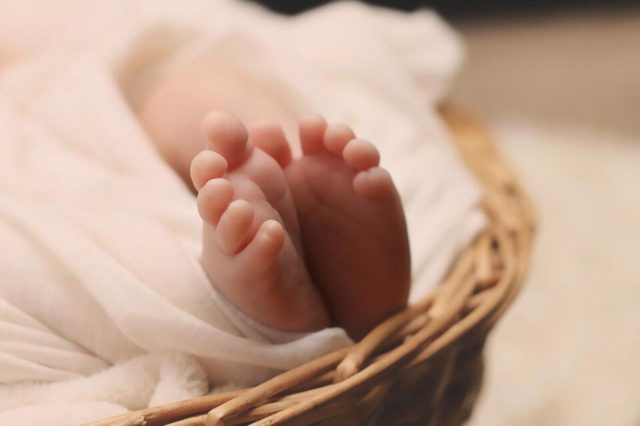A pregnancy that happened when a woman wanted no more children is classified as unwanted
THE NORTHERN Cape has one of the country’s highest incidents of unwanted births.
This is according to the 2016 Unwanted Fertility Report released by Statistics South Africa.
The survey found that amongst women born in 1965 to 1969, about 54% of them experienced fertility when they did not plan to have any more births, and this was an increase from 13.2% in the 1998 survey.
Of all the births that women aged 15-49 years experienced in the last five years before the 1998 survey, about 17% were conceived when they were no longer planning to have any more children; such births increased to approximately 20% in the 2016 survey.
In both surveys, these births were revealed to increase with the age of women.
The Eastern Cape (26.4%), KwaZulu-Natal (25.1%) and Mpumalanga (25.1%) had the highest percentage of births conceived when women did not plan to have any more births in 2016. These provinces and the North West also had a higher percentage of these births in 1998.
The highest increase in births conceived when women did not plan to have any more births was more pronounced in the Northern Cape and the Western Cape where the births increased from 6.6% to 16.0% and 11.7% to 20.9% from 1998 to 2016 respectively.
In terms of household wealth the report reveals that births conceived when women did not want any more children were highest in the poorest households (25.8%) while these births were 13.1% in the richest households in 2016.
In both the 1998 and 2016 surveys, findings indicate that the percentage of births conceived when women were no longer planning to have children varied by the level of education women had.
In 2016 such births to mothers with tertiary education (11.4%) were four times less compared to mothers with no education (46.3%). In addition, these births to mothers with no education almost doubled from 24.8% in 1998 to 46.3% in 2016.
The report also used data on the total number of children ever born to women and the ideal number of children reported by women to estimate the average excess fertility; that is the average number of extra children women had. This was analysed by year of birth of women (1965-1969; 1970-1974; 1975-1979 and 1980-1984).
Findings from the report indicate that on average women have not reached the number of children they consider as their ideal fertility. This means that women are still at a deficit in terms of the number of children they want.
However, the deficit dropped in 2016 for all birth cohorts. Women born in 1970-1974 had 1.27 less children in 1998 and it dropped to 0.06 less children in 2016. In contrast women born in 1980-1984 were estimated to have 2.12 less children in 1998 and it changed to 0.48 less children in 2016.
Despite the deficit in children wanted, the report shows an increase in the percentage of women with one extra child in 2016. The percentage of women with one extra child increased from 0.3% in 1998 to about 13% in 2016 amongst women born 1980-1984. The average increase in women with one extra child was about 10.7% for women born in 1970-1974 and 1975-1979.
The focus on unwanted fertility is warranted, given that amongst others, health, maternal and child mortality is affected by the number of pregnancies and births a woman experiences.
The report which is based on the 1998 and 2016 South African Demographic and Health Survey seeks to establish the level of unwanted fertility in the context of fertility decline in the country.
In the survey women were asked about the planning status of each birth they had in the preceding five years, including current pregnancies at the time of the survey.
A pregnancy that happened when a woman wanted no more children is classified as unwanted.








